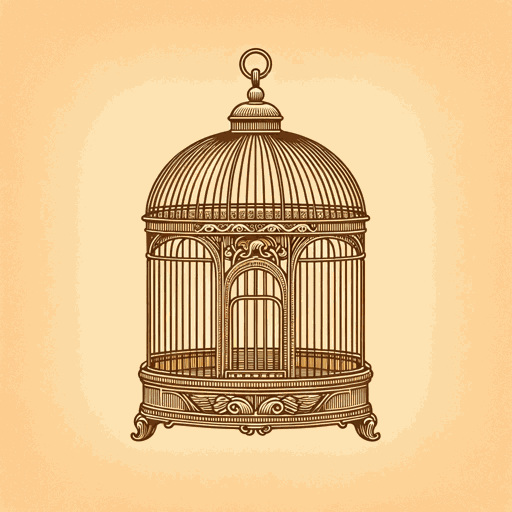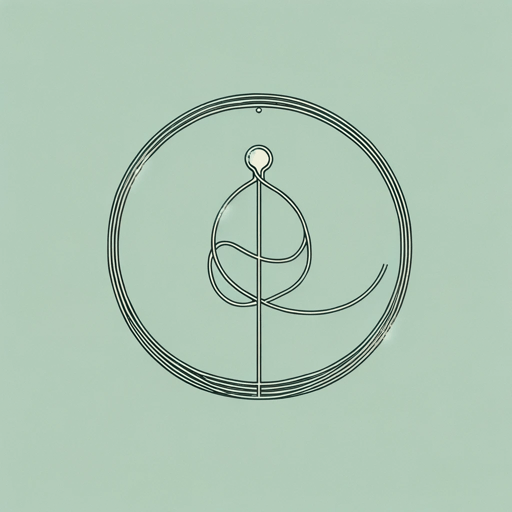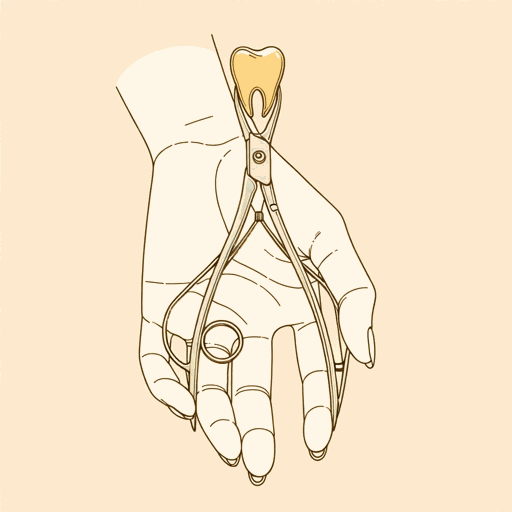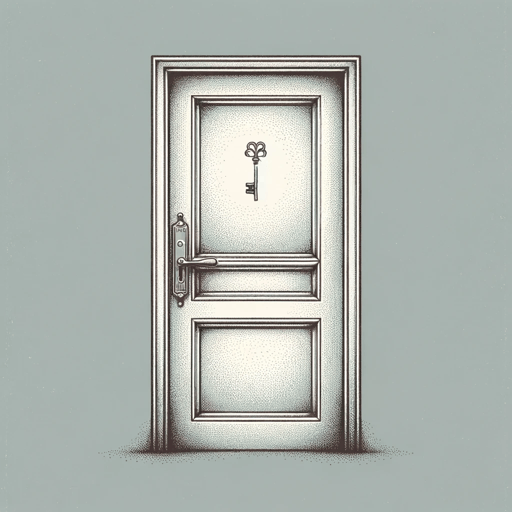45 pages • 1 hour read
Gabriel García MárquezChronicle of a Death Foretold
Fiction | Novella | Adult | Published in 1981A modern alternative to SparkNotes and CliffsNotes, SuperSummary offers high-quality Study Guides with detailed chapter summaries and analysis of major themes, characters, and more.
Summary and Study Guide
Overview
Chronicle of a Death Foretold is a 1981 novella by Colombian author Gabriel García Márquez. Told in non-chronological order and in journalistic fashion by an unnamed narrator, it pieces together the events leading up to and after the murder of Santiago Nasar by Pedro and Pablo Vicario. The novella has been adapted several times as a film and also as a Broadway musical.
This guide uses the 2014 Penguin Books edition, translated by Gregory Rabassa.
Content Warning: The source material deals with murder and domestic and sexual violence. The plot also revolves around character’s patriarchal double standards that equate women’s virtue and value with sexual abstinence. This, along with the cultural and religious concept of “virginity,” is discussed in greater detail in the Background section of this guide, in Religious Context: Marianism, Veneration, and Virginity, and in the theme of Honor and Violence.
Plot Summary
Chronicle of a Death Foretold is told in a nonlinear style. Many years after the murder of his friend, the narrator reconstructs the events which took place on the day that Santiago Nasar was killed. He weaves together witness accounts, government records, and his own memories to construct a narrative of a murder which seemed random and inevitable in equal measure.
The story begins on the morning of Santiago Nasar’s murder. The unnamed narrator explains that Santiago lived with his widowed mother, Plácida Linero, as well as their chef, Victoria Guzmán, and her daughter, Divina Flor. Plácida’s husband, Ibrahim Nasar, died several years ago. After Nasar’s death, Santiago gained control of the family ranch and ran it with great diligence. The family’s hard work helped lift them to a wealthy status in their community.
On the day of Santiago’s murder, the bishop was set to arrive. As his boat drew close to the shore, a crowd of people assembled to watch. As usual, however, the bishop did not stop and only waved to the crowd from the deck of his boat. Pablo and Pedro Vicario sat in a nearby milk store midway between the town and the dock. They chose the place because they knew that Santiago Nasar would likely appear at some point along the path to the docks. Around the same time, the narrator’s sister was alarmed to hear that Angela Vicario was sent to her family’s home on her wedding night.
Next, the narrator tells the story of Bayardo San Román. Hailing from a wealthy, well-connected family in a different part of the country, he first came to town to find a wife. He ultimately chose Angela and he needed to exert very little effort to win her approval, as she came from a poor family. Nevertheless, Angela began to have second thoughts about their marriage. She worried that she knew very little about Bayardo and she was certain she did not love him.
On the night before Santiago’s murder, the wedding celebrations escalated into a raucous party. The party lasted past sunrise, culminating in a brothel owned by María Alejandrina Cervantes. At the brothel, the narrator had joined Santiago Nasar along with the two Vicario brothers. When the twins returned home, they found their sister and learned that she had an affair with Santiago. Infuriated that their sister had sex with Santiago before marrying Bayardo, and knowing the consequences of the affair in their society, the twins resolved to kill Santiago. They openly talked about their plan to several people—including a police officer, local butcher, and the Colonel—before carrying it out. At the time, all three men believed that the twins were bluffing. The milk shop’s owner, Clotilde Armenta, warned the town’s priest about their plans but he was caught up in the bishop’s arrival and forgot to relay the message.
After the Vicario brothers killed Santiago, their entire extended family was forced to abruptly leave town due to their damaged reputation. A week later, Bayardo San Román’s family came by boat to take him home. The Vicario brothers remained imprisoned. They were sentenced to three years for the murder. Once released, Pablo Vicario married his long-time lover, Prudencia Cotes. Pedro returned to the army but disappeared while on a campaign.
The narrator returns to the night of Angela’s wedding. After Bayardo sent Angela home, she realized that she was in love with him. After the murder, she moved out of town but continued writing love letters to Bayardo. She wrote to him every week for the next 17 years. Finally, Bayardo came to find her. The town continues to talk about the murder for many years. The narrator reveals that his friend, Cristo Bedoya, had nearly saved Santiago the morning of his murder. Bedoya ran through town, desperately searching for Santiago and hoping to intercept the Vicario brothers. He failed to check the house of Flora Miguel, whom Santiago was about to marry. Flora’s father first warned Santiago that the Vicario brothers were on their way to kill him. By that time, the crime was more or less inevitable; townspeople had even broken off from the bishop’s welcome to watch the scene, having caught word of the impending attack.
The story ends with Santiago’s final moments of life. Disoriented by the news from Flora’s father, he leaves the house and ambles toward his house. His mother, believing that he was already inside, has locked the front door. Clotilde Armenta screams Santiago’s name, urging him to run. As he frantically tries to open the locked door of the house, the Vicario brothers catch him. They brutally stab him dozens of times. Santiago tries to enter his house through his back door, but he has sustained many fatal wounds, so he collapses and dies.
Related Titles
By Gabriel García Márquez

A Very Old Man With Enormous Wings
Gabriel García Márquez

Balthazar's Marvelous Afternoon
Gabriel García Márquez

Death Constant Beyond Love
Gabriel García Márquez

Eyes of a Blue Dog
Gabriel García Márquez

In Evil Hour
Gabriel García Márquez

Innocent Erendira
Gabriel García Márquez

Leaf Storm
Gabriel García Márquez

Love in the Time of Cholera
Gabriel García Márquez

Memories of My Melancholy Whores
Gabriel García Márquez

News of a Kidnapping
Gabriel García Márquez

No One Writes To The Colonel
Gabriel García Márquez

Of Love And Other Demons
Gabriel García Márquez

One Hundred Years of Solitude
Gabriel García Márquez

One Of These Days
Gabriel García Márquez

Strange Pilgrims
Gabriel García Márquez

The Autumn of the Patriarch
Gabriel García Márquez, Transl. Gregory Rabassa

The General in His Labyrinth
Gabriel García Márquez

The Handsomest Drowned Man in the World
Gabriel García Márquez

The Story of a Shipwrecked Sailor
Gabriel García Márquez
Featured Collections
Books on Justice & Injustice
View Collection
Books that Feature the Theme of...
View Collection
Family
View Collection
Hispanic & Latinx American Literature
View Collection
Magical Realism
View Collection
Memory
View Collection
Mortality & Death
View Collection
Mystery & Crime
View Collection
Nobel Laureates in Literature
View Collection
Novellas
View Collection
Revenge
View Collection
Truth & Lies
View Collection

